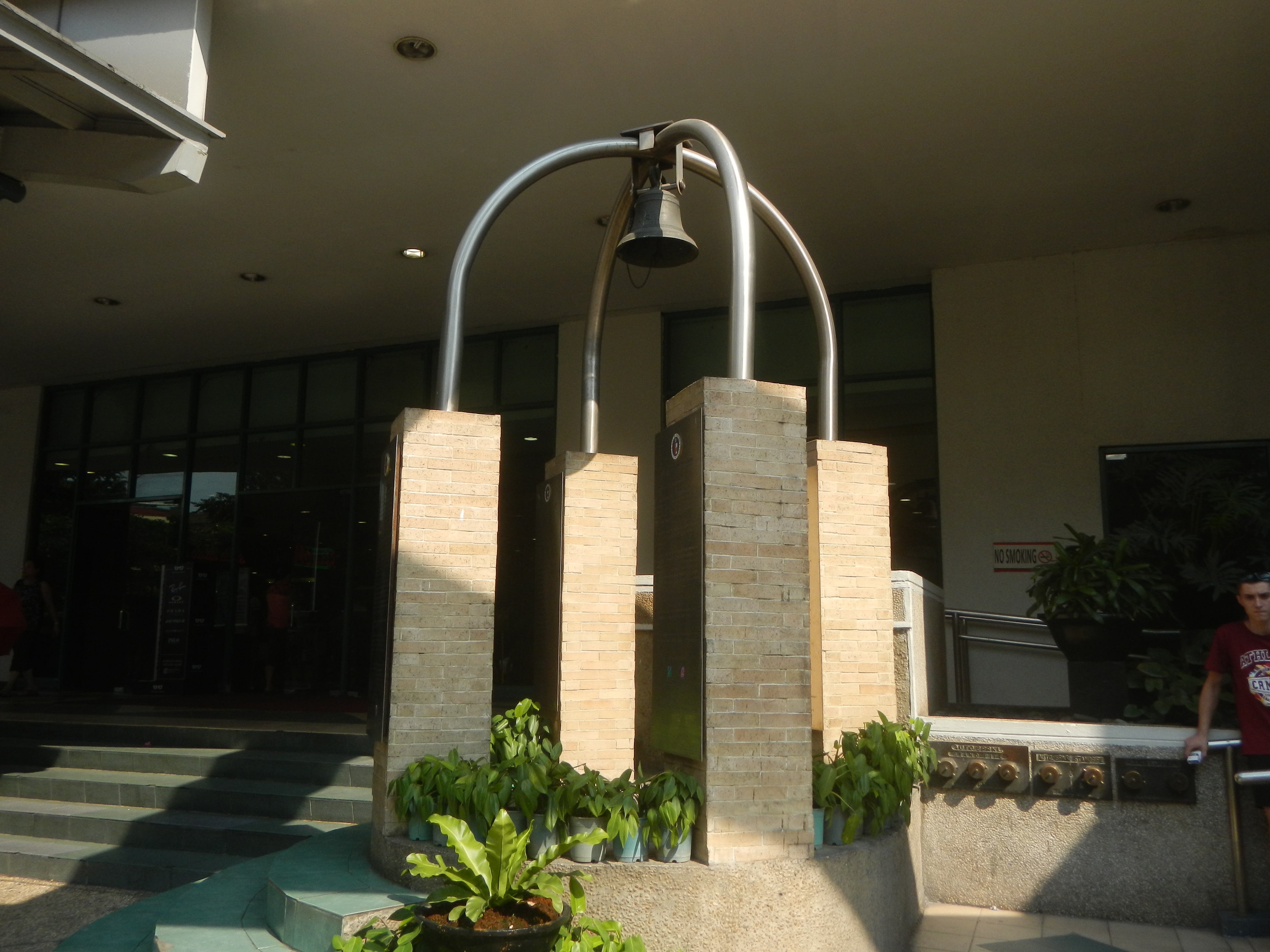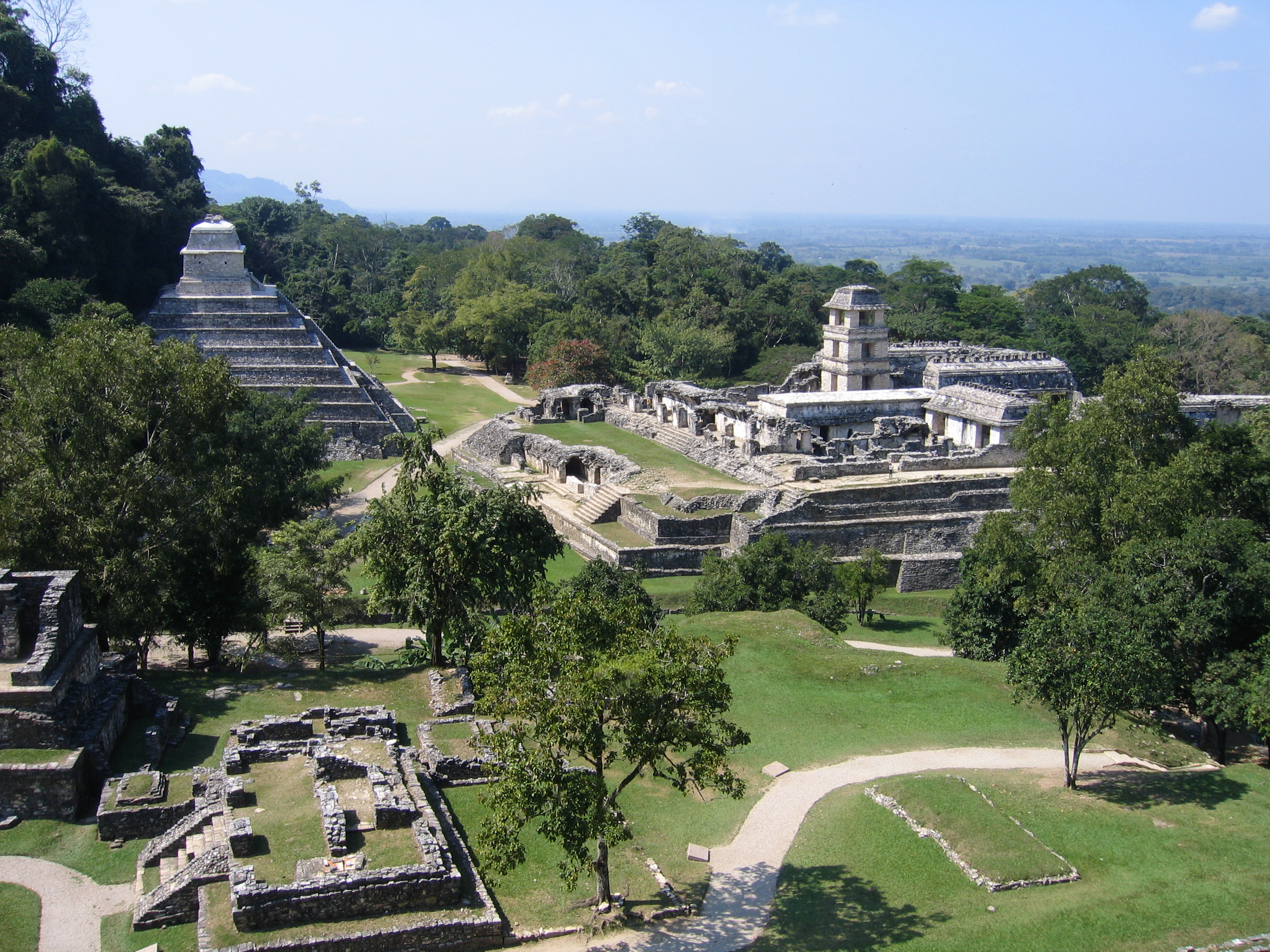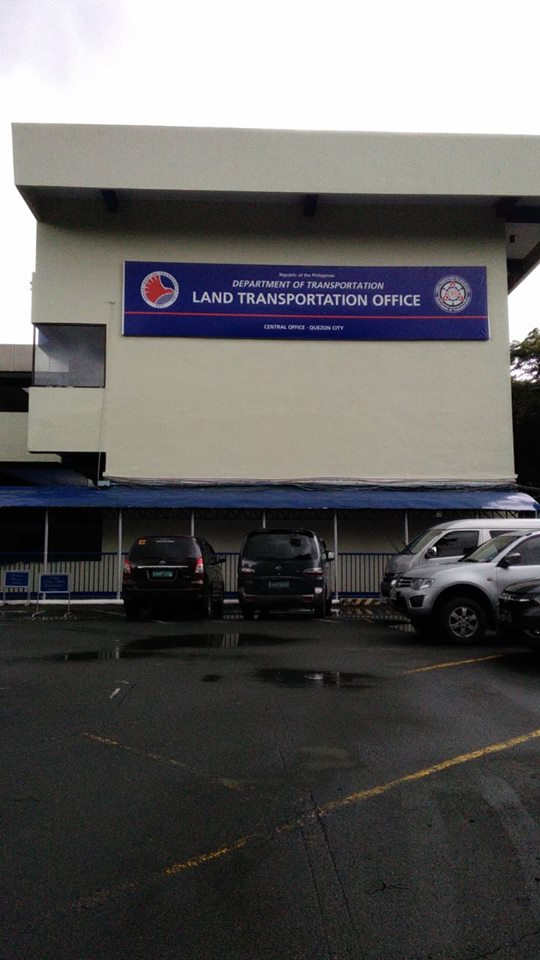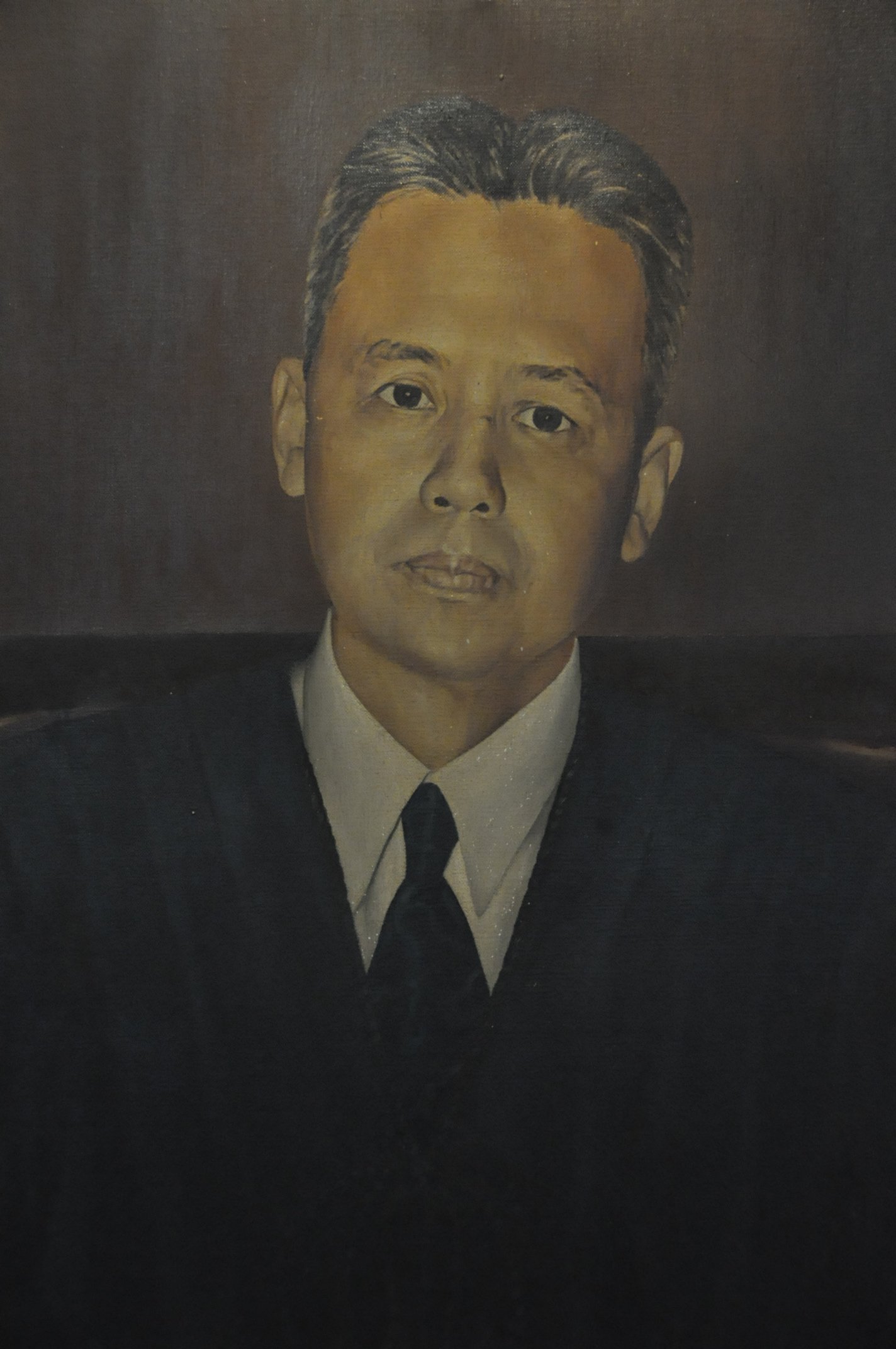|
Robinsons Manila
Robinsons Manila (formerly Robinsons Place Manila), also known as Robinsons Ermita and Robinsons Place Ermita, is a large shopping mall located in Ermita, Manila, Philippines. It is the largest Robinsons Mall ever built. Robinsons Manila is located beside the University of the Philippines Manila and the Philippine General Hospital, and is built at the site of the former Ateneo de Manila Campus before it moved to Loyola Heights, Quezon City. The first major expansion of the mall happened when it opened its Padre Faura Wing in June 2000. The mall was further expanded in 2006 when the nearby Midtown Hotel was demolished to make way for the construction of its Midtown Wing and the Adriatico Place Residences Robinsons Manila is connected to two high-rise residential condominiums: the 37-storey twin tower Robinsons Place Residences, and the triple tower Adriatico Place Residences. History Robinsons Manila was built in the 1980, on the site of the former Ateneo de Manila University ... [...More Info...] [...Related Items...] OR: [Wikipedia] [Google] [Baidu] |
Pedro Gil Street
Pedro Gil Street (formerly Herran Street) is an east-west inner city street and a tertiary national road in south-central Manila, Philippines. It is long and spans the entire length of Ermita, Malate, Paco and Santa Ana districts, as well as portions of San Andres and Pandacan. The street originates at the intersection with Calderon Street fronting the Santa Ana Church in Santa Ana district where it is divided by a median of greenery and sculptures known as Plaza Felipe Calderon. Heading west, it passes by the Santa Ana Market before it narrows into a four-lane undivided road west of Suter Street. Continuing past old heritage houses and a few commercial establishments, Pedro Gil crosses into the northern portion of San Andres and Paco districts where it is interrupted by the Paco railway station and busy Quirino Avenue. The downtown portion of Paco, as well as Ermita and Malate, lie across this intersection passing through the Paco Church, Robinsons Place Manila shopping mal ... [...More Info...] [...Related Items...] OR: [Wikipedia] [Google] [Baidu] |
Court Of Appeals Of The Philippines
The Court of Appeals ( fil, Hukuman ng Pag-aapela) is an appellate collegiate court in the Philippines. The Court of Appeals consists of one presiding justice and sixty-eight associate justices. Pursuant to the Constitution, the Court of Appeals "reviews not only the decisions and orders of the Regional Trial Courts awards, judgments, final orders or resolutions of, or authorized by administrative agencies exercising quasi-judicial functions mentioned in Rule 43 of the 1997 Rules of Civil Procedure, plus the National Amnesty Commission (Pres. Proclamation No. 347 of 1994) and the Office of the Ombudsman". Under Republic Act No. 9282, which elevated the Court of Tax Appeals to the same level of the Court of Appeals, ''en banc'' decisions of the Court of Tax Appeals are subject to review by the Supreme Court instead of the Court of Appeals (as opposed to what is currently provided in Section 1, Rule 43 of the Rules of Court). Added to the formidable list are the decisions and re ... [...More Info...] [...Related Items...] OR: [Wikipedia] [Google] [Baidu] |
Shopping Malls Established In 1997
Shopping is an activity in which a customer browses the available goods or services presented by one or more retailers with the potential intent to purchase a suitable selection of them. A typology of shopper types has been developed by scholars which identifies one group of shoppers as recreational shoppers, that is, those who enjoy shopping and view it as a leisure activity.Jones, C. and Spang, R., "Sans Culottes, Sans Café, Sans Tabac: Shifting Realms of Luxury and Necessity in Eighteenth-Century France," Chapter 2 in ''Consumers and Luxury: Consumer Culture in Europe, 1650-1850'' Berg, M. and Clifford, H., Manchester University Press, 1999; Berg, M., "New Commodities, Luxuries and Their Consumers in Nineteenth-Century England," Chapter 3 in ''Consumers and Luxury: Consumer Culture in Europe, 1650-1850'' Berg, M. and Clifford, H., Manchester University Press, 1999 Online shopping has become a major disruptor in the retail industry as consumers can now search for product ... [...More Info...] [...Related Items...] OR: [Wikipedia] [Google] [Baidu] |
Atrium (architecture)
In architecture, an atrium (plural: atria or atriums) is a large open-air or skylight-covered space surrounded by a building. Atria were a common feature in Ancient Roman dwellings, providing light and ventilation to the interior. Modern atria, as developed in the late 19th and 20th centuries, are often several stories high, with a glazed roof or large windows, and often located immediately beyond a building's main entrance doors (in the lobby). Atria are a popular design feature because they give their buildings a "feeling of space and light." The atrium has become a key feature of many buildings in recent years. Atria are popular with building users, building designers and building developers. Users like atria because they create a dynamic and stimulating interior that provides shelter from the external environment while maintaining a visual link with that environment. Designers enjoy the opportunity to create new types of spaces in buildings, and developers see atria as pr ... [...More Info...] [...Related Items...] OR: [Wikipedia] [Google] [Baidu] |
Timezone (video Arcades)
Timezone is an international chain of family entertainment centres and amusement arcade centres based in Australia. It is owned and operated bThe Entertainment and Education Group (TEEG) Outside of Australia, Timezone is currently operating in India, New Zealand, Singapore, the Philippines, Indonesia and Vietnam. History The first Timezone arcade opened in 1978 in Perth, Western Australia, by Leisure & Allied Industries (now LAI Games). Timezone claims that it is the first family-oriented amusement centers of that time, and said that its family emphasis is the key focus of their brand.About Us Timezone Australia website. Accessed 2015-04-08 In 1995, Timezone started their ventures outside Australia. In December 2017, TEEG announced that they had purchased the bowling and entertainment division ... [...More Info...] [...Related Items...] OR: [Wikipedia] [Google] [Baidu] |
05992jfRobinsons One Two Three Adriatico Place Residences Malate Manilafvf 02
__NOTOC__ Year 599 ( DXCIX) was a common year starting on Thursday (link will display the full calendar) of the Julian calendar. The denomination 599 for this year has been used since the early medieval period, when the Anno Domini calendar era became the prevalent method in Europe for naming years. Events By place Byzantine Empire * Emperor Maurice refuses to pay ransom for 12,000 Byzantine soldiers taken prisoner by the Avars. Their leader Bayan I orders the execution of the prisoners, and slaughters them all. His failure to buy back the captives destroys Maurice's popularity with the Byzantine troops in the Balkan Peninsula. * Summer – Balkan Campaign: The Byzantine generals Priscus and Comentiolus join their forces at Singidunum (modern Belgrade), and move downstream to the fortress city of Viminacium (Serbia). The Byzantines cross the Danube River and invade Upper Moesia, where they defeat the Avars in open battle. * Priscus pursues the fleeing Avar t ... [...More Info...] [...Related Items...] OR: [Wikipedia] [Google] [Baidu] |
National Bureau Of Investigation (Philippines)
The National Bureau of Investigation ( fil, Pambansang Kawanihan ng Pagsisiyasat, abbreviated as NBI) is an agency of the Philippine government under the Department of Justice, responsible for handling and solving major high-profile cases that are in the interest of the nation. The NBI was modelled after the United States' Federal Bureau of Investigation (FBI) when it was being established. History The Division of Investigation, later renamed the National Bureau of Investigation, came into existence on June 19, 1947, the date Republic Act 157 was approved. Its history goes back to November 13, 1936, when a Division of Investigation (DI) under the Department of Justice was created with the enactment of Commonwealth Act No. 181 by the First National Assembly. Section 1, C.A. No. 181 provides: A Division of Investigation under the Department of Justice is hereby created. It shall be composed of such personnel as may be necessary, in the discretion of the Secretary of Justic ... [...More Info...] [...Related Items...] OR: [Wikipedia] [Google] [Baidu] |
Land Transportation Office (Philippines)
The Land Transportation Office ( fil, Tanggapan ng Transportasyong-Lupa; LTO) is an agency of the Philippine government under the Department of Transportation responsible for all land transportation in the Philippines. Functions of the LTO include the inspection and registration of motor vehicles, issuance of licenses and permits, enforcement of land transportation rules and regulations, and adjudication of traffic cases. Its primary mission is to rationalize land transportation services and facilities, and effectively implement various transportation laws, rules, and regulations. It believes that it is the responsibility of those involved in the public service to be more vigilant in their part in the over-all development scheme of national leadership. Hence, the promotion of safety and comfort in land travel is one of LTO's continuing commitments. It aims to be a frontline government agency that showcases fast and efficient public service for a progressive land transport secto ... [...More Info...] [...Related Items...] OR: [Wikipedia] [Google] [Baidu] |
Professional Regulation Commission
The Professional Regulation Commission, ( fil, Komisyon sa Regulasyon ng mga Propesyon) otherwise known as the PRC, is a three-man commission attached to Department of Labor and Employment (DOLE). Its mandate is to regulate and supervise the practice of the professionals (except lawyers, who are handled by the Supreme Court of the Philippines) who constitute the highly skilled manpower of the country. As the agency-in-charge of the professional sector, the PRC plays a strategic role in developing the corps of professionals for industry, commerce, governance, and the economy. Short history The Commission was created with the signing of Presidential Decree No. 223 on June 22, 1973 by President Ferdinand E. Marcos. The first PRC Commissioner, Architect Eric C. Nubla assumed office on January 2, 1974. The PRC Coat-of-Arms designed by the Heraldry Commission was officially adopted on February 1, 1974. The Commission made its offices at the burned Civil Service Commission building ... [...More Info...] [...Related Items...] OR: [Wikipedia] [Google] [Baidu] |
Supreme Court Of The Philippines
The Supreme Court ( fil, Kataas-taasang Hukuman; colloquially referred to as the ''Korte Suprema'' lso used in formal writing is the highest court in the Philippines. The Supreme Court was established by the Second Philippine Commission on June 11, 1901 through the enactment of its Act No. 136, an Act which abolished the '' Real Audiencia de Manila'', the predecessor of the Supreme Court. The Supreme Court compound, which sits in what is formerly a part of the University of the Philippines Manila campus, occupies the corner of Padre Faura Street and Taft Avenue in Ermita, Manila, with the main building directly in front of the Philippine General Hospital’s cancer institute. History Pre-hispanic period Prior to the conquest of Spain, the islands of the Philippines were composed of independent barangays, each of which is community composed of 30 to 100 families. Typically, a barangay is headed by a ''datu'' or a local chief who exercises all functions of government—ex ... [...More Info...] [...Related Items...] OR: [Wikipedia] [Google] [Baidu] |
Department Of Justice (Philippines)
The Department of Justice ( fil, Kagawaran ng Katarungan, abbreviated as DOJ) is under the executive department of the Philippine government responsible for upholding the rule of law in the Philippines. It is the government's principal law agency, serving as its legal counsel and prosecution arm. It has its headquarters at the DOJ Building in Padre Faura Street, Ermita, Manila. The department is led by the Secretary of Justice, nominated by the President of the Philippines and confirmed by the Commission on Appointments. The Secretary is a member of the Cabinet. President Bongbong Marcos named Jesus Crispin Remulla as secretary of Justice on May 23, 2022. History The DOJ traces its beginnings at the Revolutionary Assembly in Naic, Cavite on April 17, 1897. The ''Department of Grace and Justice'' was tasked with the establishment of a regime of law in the Republic, with Severino de las Alas at the helm. The department, however, was not included in Pres. Aguinaldo's Biak-n ... [...More Info...] [...Related Items...] OR: [Wikipedia] [Google] [Baidu] |








